Configure Now
Items in Your Cart0
0Items in Your Cart
Start building your packageShop Now
In recent years, portable ROV technology has become more accessible to small communities for environmental monitoring, providing invaluable insights into aquatic ecosystems and allowing them to efficiently collect data. Incorporating insights from Indigenous communities, who hold significant historical knowledge and expertise about the ecosystem, is a critical step of this process.
The shores of Lake Superior have a long history of mining, shipping, and many other industries that have had long-lasting effects on its ecosystems. Biigtigong Nishnaabeg First Nation is one of the many communities working to understand the effects of its past, using their new PIVOT ROV.
This case study explores how BNFN uses Deep Trekker ROV technology for marine science, environmental studies, and collaboration with other environmental groups.
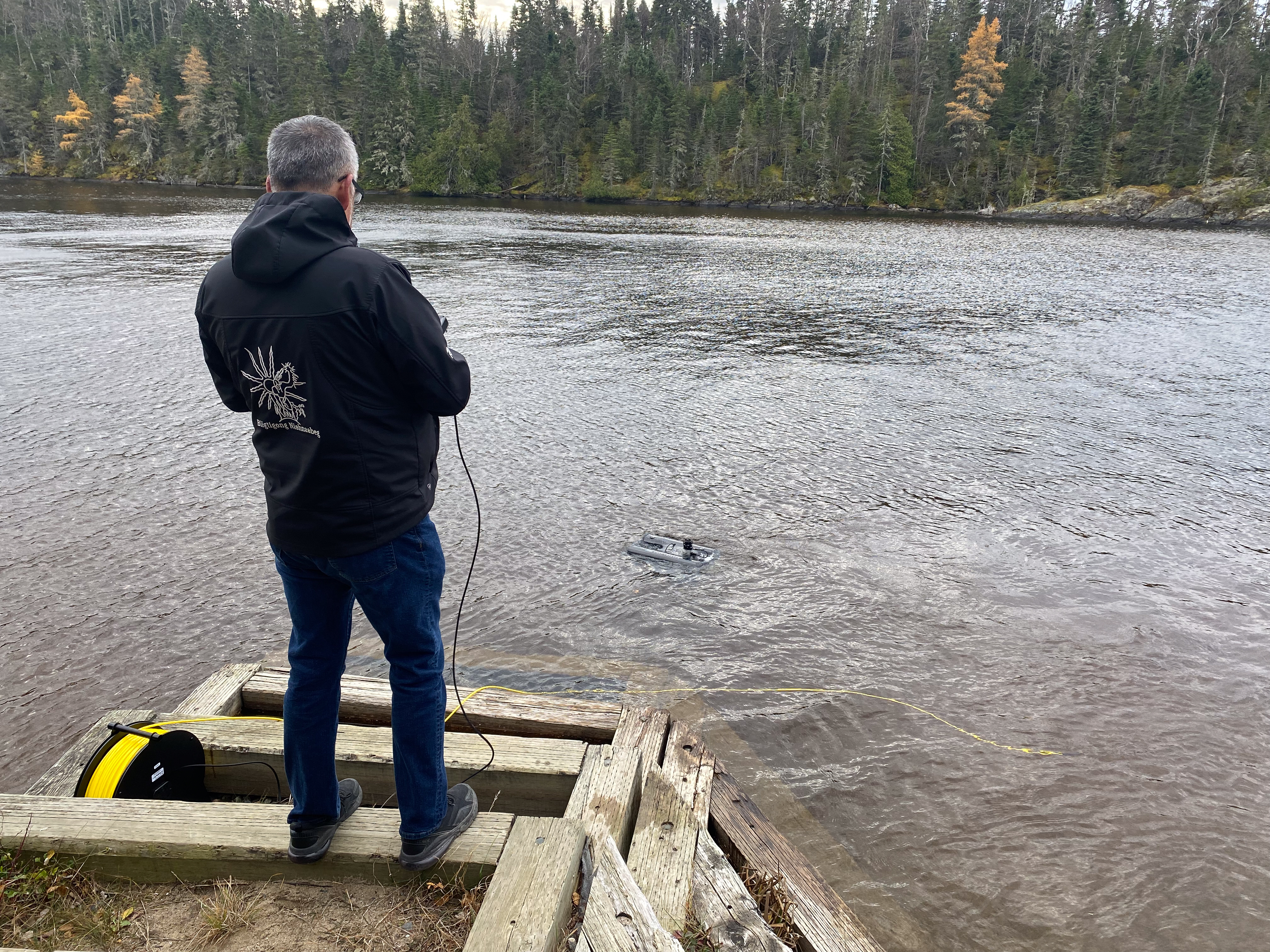
Greg Petten, Environmental Coordinator at Biigtigong Nishnaabeg, emphasizes the significance of ROVs in smaller communities, stating, "ROVs are becoming accessible beyond just massive companies and cities. They allow us to actively engage community members in environmental monitoring initiatives, supporting a sense of ownership over our aquatic ecosystems."
ROVs serve as indispensable tools for environmental monitoring, offering access to underwater environments while mitigating safety concerns and facilitating precise data collection. Deep Trekker's partnership with Biigtigong Nishnaabeg illustrates the transformative potential of ROV technology in bolstering community engagement and research efforts.
We explore how Deep Trekker ROVs are enhancing environmental monitoring and research operations, and the importance of having access to advanced technologies in smaller communities. Focusing on the experiences and insights of BNFN, we explore the practical applications, challenges, and future possibilities of utilizing ROVs for underwater inspections and environmental studies
The versatility of Deep Trekker ROVs has been instrumental in addressing many environmental challenges. ROVs are employed across diverse applications, from inspecting fish farms to inspecting submerged mines to assessing contaminated harbors, providing researchers with a comprehensive understanding of underwater environments.
While discussing the Peninsula Harbor fish farm project, Petten describes the ROV's ability to uncover expected findings, such as fish waste, but also unexpected discoveries, like an old pipe submerged for years, resulting in underwater obstructions. The ROVs role in structured exploration, beyond random sampling, enhances the depth of environmental studies.
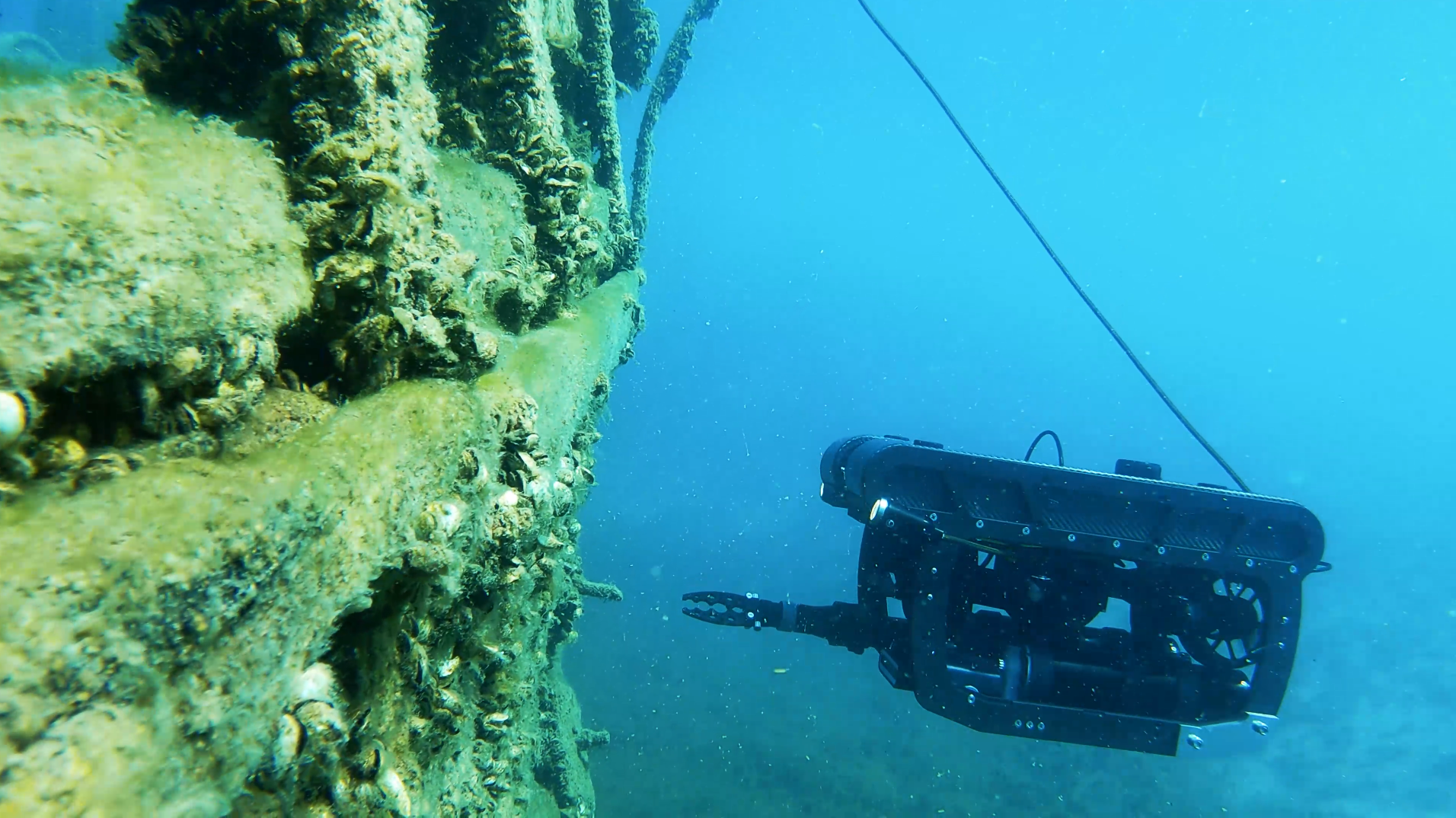
Petten elaborates, "Our partnership with Deep Trekker has let us explore all sorts of cool stuff with the ROV, like documenting marine habitats, grabbing sediment samples, and even peeking at underwater structures. Having this versatile tool on hand is super helpful for tackling all sorts of environmental puzzles and challenges."
Petten envisions the ROV as a cornerstone for expanding community services, especially in collaborations with mines and other industries.
“It’s a service we can offer now. We’ve got the mines here, and they always need inspections done, out on their tailings, it’s handy having something to dive down and record, or whatever else, use the samplers.”
As communities continue to confront complex environmental issues, ROVs will play a pivotal role in facilitating interdisciplinary research and knowledge exchange. By leveraging ROV technology, researchers can uncover new insights into ecosystem dynamics, monitor pollution trends, and implement targeted conservation strategies.
Collaboration lies at the heart of Petten's approach to environmental monitoring. By cultivating partnerships with academia, government agencies, and private enterprises, they can harness collective expertise and resources to address pressing environmental issues. Through collaborative initiatives, they aim to develop innovative solutions that promote environmental sustainability and enhance community resilience.

“We’ve got a lot of environmental monitoring programs going on, teaming up with different government agencies and consultants, and of course, we’ve got the mines and everything going on here,” explains Petten. “We teamed up with Fisheries and Oceans Canada. There was a fish farm in the Peninsula Harbour, so we used the ROV to film underneath the fish farm before they removed it.”
Biigtigong Nishnaabeg’s collaboration with Fisheries and Oceans Canada is showcased, exemplifying a successful partnership that combines local knowledge with external expertise, providing researchers with a comprehensive understanding of underwater environments. Additionally, the ROV's role in surveying beneath fish farms, as seen in the Peninsula Harbour project, yielded valuable data for environmental assessments and management strategies.
Petten further illustrates the ROV's utility in monitoring contaminated areas, citing the environmental challenges of Peninsula Harbour. “Peninsula Harbour is an area of concern, being one of the most contaminated harbors along the north shore of Lake Superior. As we conduct further studies, our involvement, facilitated by the PIVOT ROV, allows us to collaborate with other agencies and contribute to vital research.”
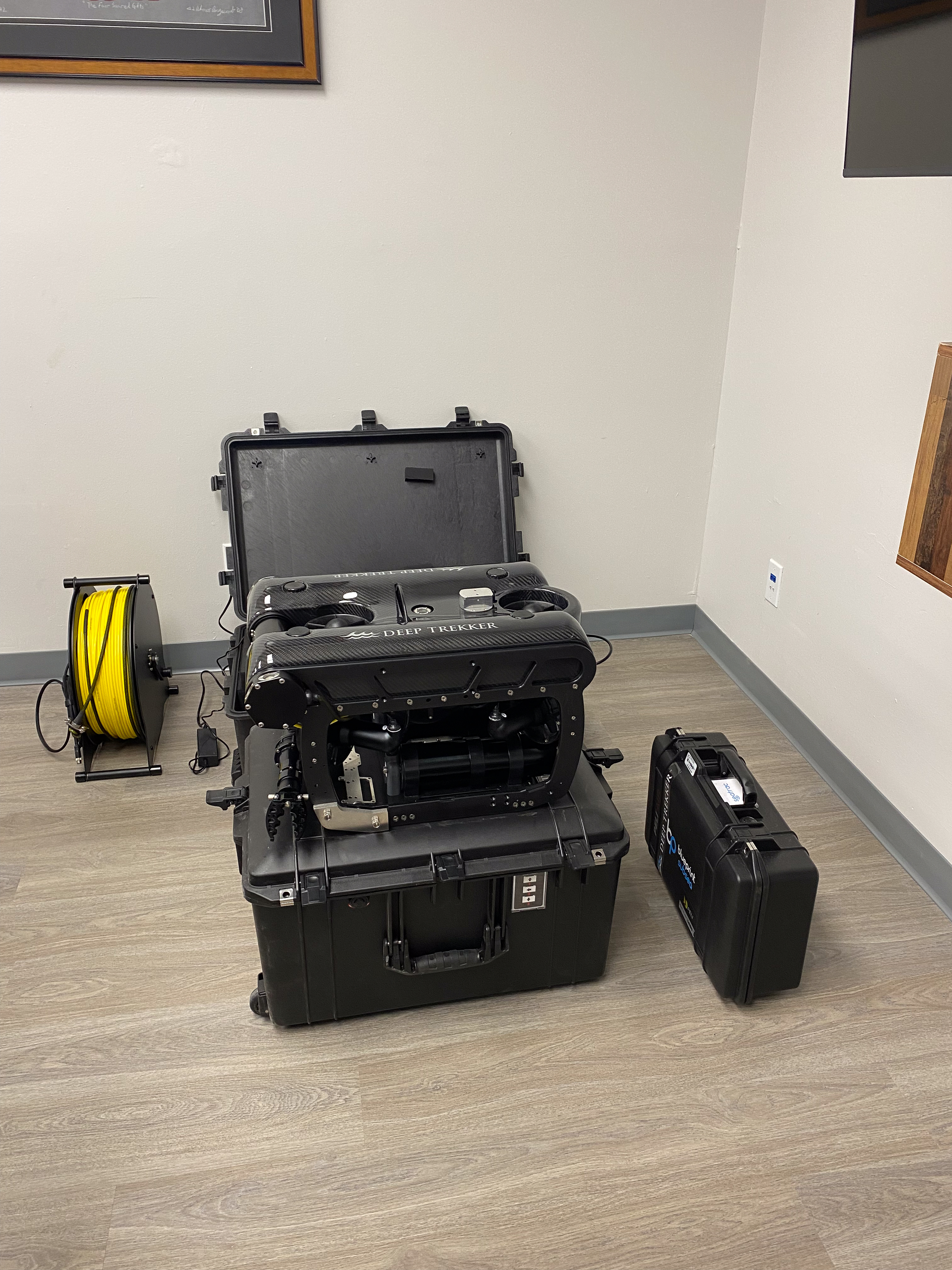
At Deep Trekker, we recognize the importance of forging strategic partnerships to promote sustainable development. By collaborating with academic institutions, government agencies, and private enterprises, Biigtigong Nishnaabeg aims to co-create innovative solutions for pressing environmental challenges. Through knowledge sharing, capacity building, and technology transfer initiatives, Deep Trekker enables communities to actively participate in environmental monitoring and management endeavors.
Petten discusses community development and the positive impact on students, providing them with a unique skill set and potentially paving the way for future careers in environmental sciences and ROV operation.
“It’s been a great experience, not just for myself, but we had so many young people there that were just fresh into doing environmental monitoring. We had summer students and college students during the training, so it’s always nice to help them get some experience, some certification that they can use to build up their resumes. It's something legitimate they can add to their resume, which is always nice, especially when you have young people just trying to break into the field.”
Deep Trekker's commitment to inclusivity is evident through tailored training programs and ongoing support, emphasizing hands-on experience. This approach encompasses not only the technical aspects of operating the ROV but also the integration of ROV technology into various environmental monitoring programs.
By providing local technicians and researchers with ROV expertise, Deep Trekker facilitates community-driven environmental initiatives, strengthening indigenous stewardship of natural resources. This collaborative approach ensures culturally sensitive and sustainable environmental monitoring practices, amplifying indigenous voices in conservation efforts.
Petten also expresses appreciation for the quality of customer service from Deep Trekker, stating, “I have to give a shout out to the training, which was top notch. We had a day or so in the classroom, you're always open to take questions and answer to the best of your knowledge, and you really helped put it in layman's terms for all of us. And then we had more than enough field time to get out there and actually use the ROV.”
Petten forecasts a central role for ROVs in advancing interdisciplinary research and knowledge exchange. He outlines plans for expanding the community's workforce, anticipating a growing demand for skilled individuals.
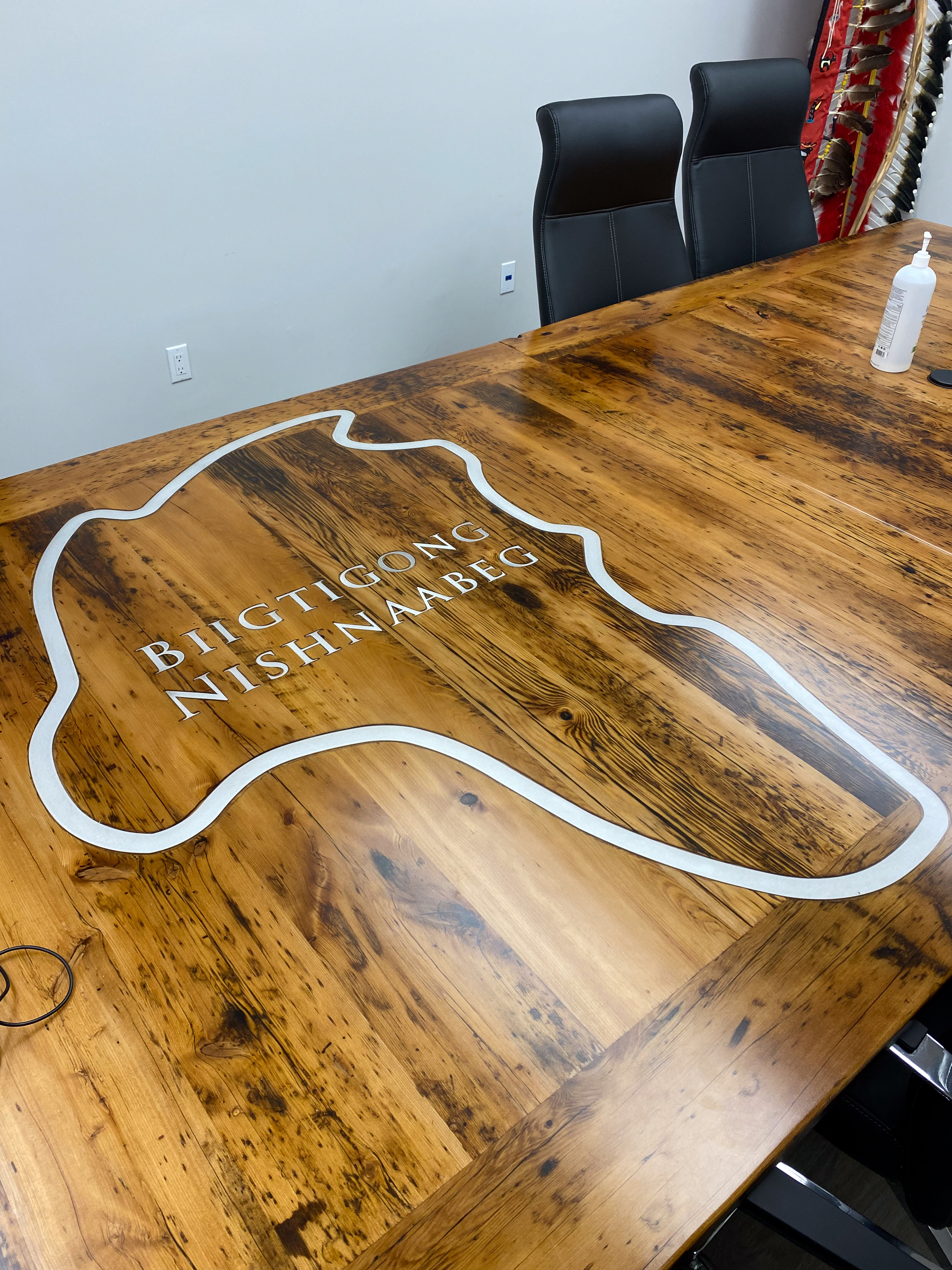
There's a clear vision for future involvement in environmental monitoring and collaboration with various organizations. The ROV serves not only as a research tool but also as an opportunity to expand expertise for the workforce, emphasizing its role in training new technicians and building certifications.
With increased staff and training, the community could lead its environmental studies, reducing reliance on external consultants. This shift empowers communities to take control of their environmental initiatives and offer specialized services, ensuring sustainable growth.
“When we do environmental monitoring with government agencies, they’re kind enough to include us in their studies, but it would be nice to provide these services ourselves. When Fisheries and Oceans come to do Peninsula Harbour studies, it’s a team of 5-6 people and they’re here for up to 8 weeks at a time just collecting the field data. It would be something like, ‘We need sediment sampling’, and maybe that’s a service we can now provide with the ROV. And we can start doing our own studies, since most of the time we’re teamed up with consultants because we haven’t had the resources available to do the studies ourselves - but we’re hoping to expand our staff and operations.”
Looking towards the future, there's a sense of optimism and opportunity in expanding capabilities. By harnessing the power of ROV technology, they're paving the way for community-driven environmental initiatives. As BNFN continues to grow their staff and operations, they're positioning themselves to take charge of their own environmental studies and monitoring efforts. It's an exciting journey ahead, filled with possibilities for greater autonomy, collaboration, and positive impact on our environment.
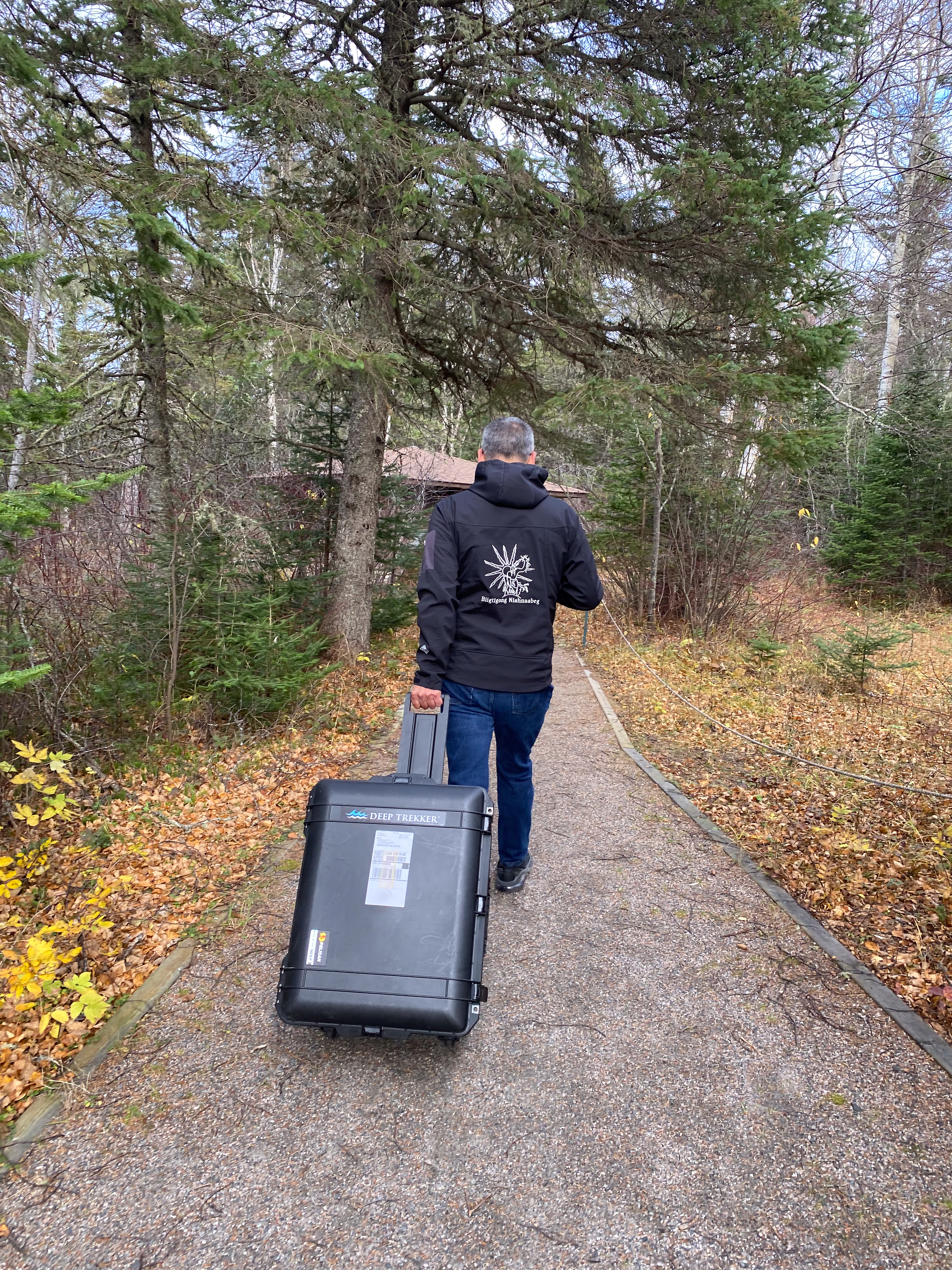
ROVs play a pivotal role not only in enhancing operational efficiency but also in mitigating inherent risks associated with underwater inspections, particularly in hazardous or inaccessible environments. In regions like the Pic River, characterized by murky waters and strong currents, ROVs offer a safe and cost-effective alternative to diver-based surveys.
Petten highlights, "By eliminating the need for human divers in hazardous environments, ROVs really improve safety and minimize operational risks. This is particularly crucial in murky or high current waters, where visibility and accessibility may be limited."
By minimizing human exposure to potential hazards and optimizing operational efficiency, Deep Trekker's ROVs ensure the safety of personnel while maximizing data acquisition capabilities.

The importance of community-driven approaches to ROV utilization can’t be understated. Deep Trekker's emphasis on accessibility and adaptability has empowered smaller, tight-knit communities, expanding the scope of ROV applications beyond large corporations and cities.
"By equipping indigenous communities with ROV technology, we're enabling greater participation in environmental research and promoting cultural preservation. ROVs serve as tools for knowledge exchange and capacity-building, allowing communities to actively contribute to environmental stewardship," explains Petten.
Deep Trekker's ROVs have overcome traditional barriers by enabling diverse communities, including indigenous groups, to actively participate in environmental monitoring initiatives. By offering user-friendly and compact ROV solutions, Deep Trekker has democratized access to underwater missions, enabling small communities and local organizations to conduct research and inspections previously reserved for larger entities.
For small or remote communities, accessing advanced technology for underwater projects and environmental monitoring has historically been challenging due to barriers like high costs, technical complexity, and safety concerns. Traditionally, such technology has been limited to large corporations or well-funded institutions. Deep Trekker addresses these challenges by offering affordable and user-friendly ROV systems tailored to community needs.
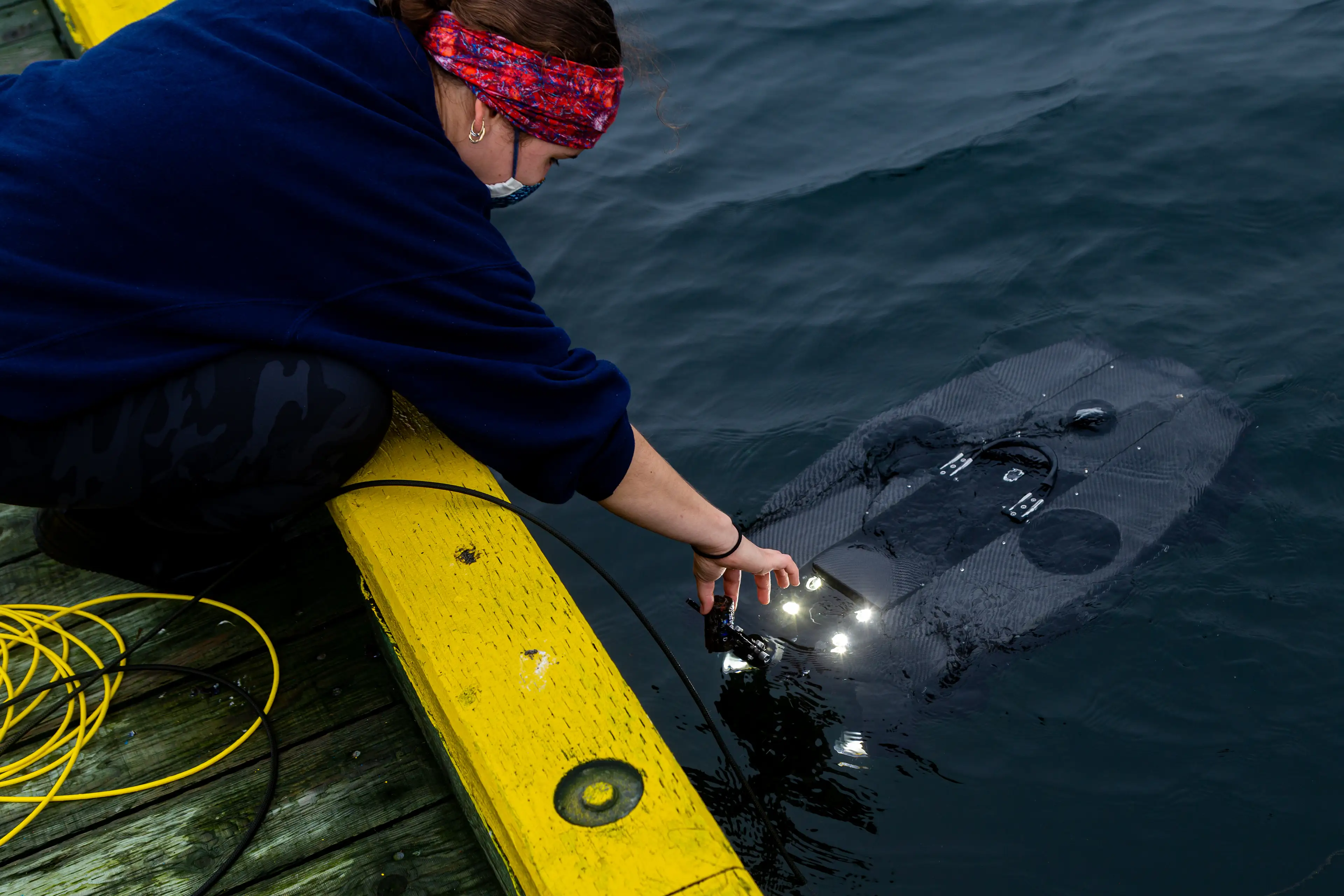
With comprehensive training programs and intuitive controls, community members can gain valuable skills and certifications, facilitating access to underwater operations and environmental monitoring. This approach not only overcomes traditional hurdles but also allows communities to actively participate in these initiatives, enabling environmental stewardship and knowledge exchange.
The integration of ROVs has significantly enhanced the efficiency and accuracy of data collection processes. Unlike traditional methods, which often rely on manual sampling and subjective observations, ROVs offer real-time visualization and machine accurate calculations, facilitating comprehensive environmental assessments.
Petten explains, "With the ROV, we can take photos and video, measurements, and collect water and sediment samples." By capturing high-definition footage and utilizing advanced sensors, ROVs provide researchers with detailed insights into underwater ecosystems, informing evidence-based decision-making.
ROVs are transforming environmental monitoring practices. By focusing on BNFN's experiences, this case study underscores the vital role of community engagement, hands-on training, and strategic partnerships in leveraging ROV technology for the benefit of both environmental research and community development.
Deep Trekker's ROV technology represents a catalyst for positive change in environmental monitoring and community engagement. By democratizing access to underwater missions and developing inclusive partnerships, Deep Trekker is empowering communities to advance sustainable development goals.
With continued collaboration and innovation, ROVs will continue to drive transformative change, enabling communities to thrive in harmony with their natural surroundings, and safeguard our marine ecosystems for future generations.

Deep Trekker ROVs present the ideal solution for conducting underwater inspections and assessments of marine environments. Their compact and portable design makes them exceptionally well-suited for navigating confined spaces, ensuring versatility in your operations.
Equipped with long-lasting battery life and offering hybrid power options, Deep Trekker ROVs provide the endurance needed for extensive inspections. With a variety of tether options available, extending up to 2 kilometers, these ROVs offer flexibility in reaching various depths.
The intuitive BRIDGE controller enhances their capabilities and facilitates seamless integration with advanced modular add-ons, widening the spectrum of applications that can benefit from ROV inspections. The utility of Deep Trekker ROVs extends far beyond environmental monitoring, encompassing a wide range of industries and inspection needs.
The PIVOT ROV offers an exceptional blend of stability, speed, and precise control, thanks to its six robust thrusters. Engineered for maximum portability, the PIVOT operates on lithium batteries, ensuring mobility for underwater missions in almost any environment.
With a depth rating of up to 305 meters (1000 feet), powerful LED floodlights, and featuring an enhanced 4K camera with a wide 220° field of view, the PIVOT delivers outstanding visual coverage, allowing for clear visibility even in challenging underwater conditions.
Constructed to withstand the demands of harsh underwater operations, the PIVOT is built with anodized machined aluminum, carbon fiber, and stainless steel components. Supported by BRIDGE technology, the ROV seamlessly integrates with a range of add-ons and sensors, including sonar, USBL, and DVL systems, enhancing its capabilities for various applications.
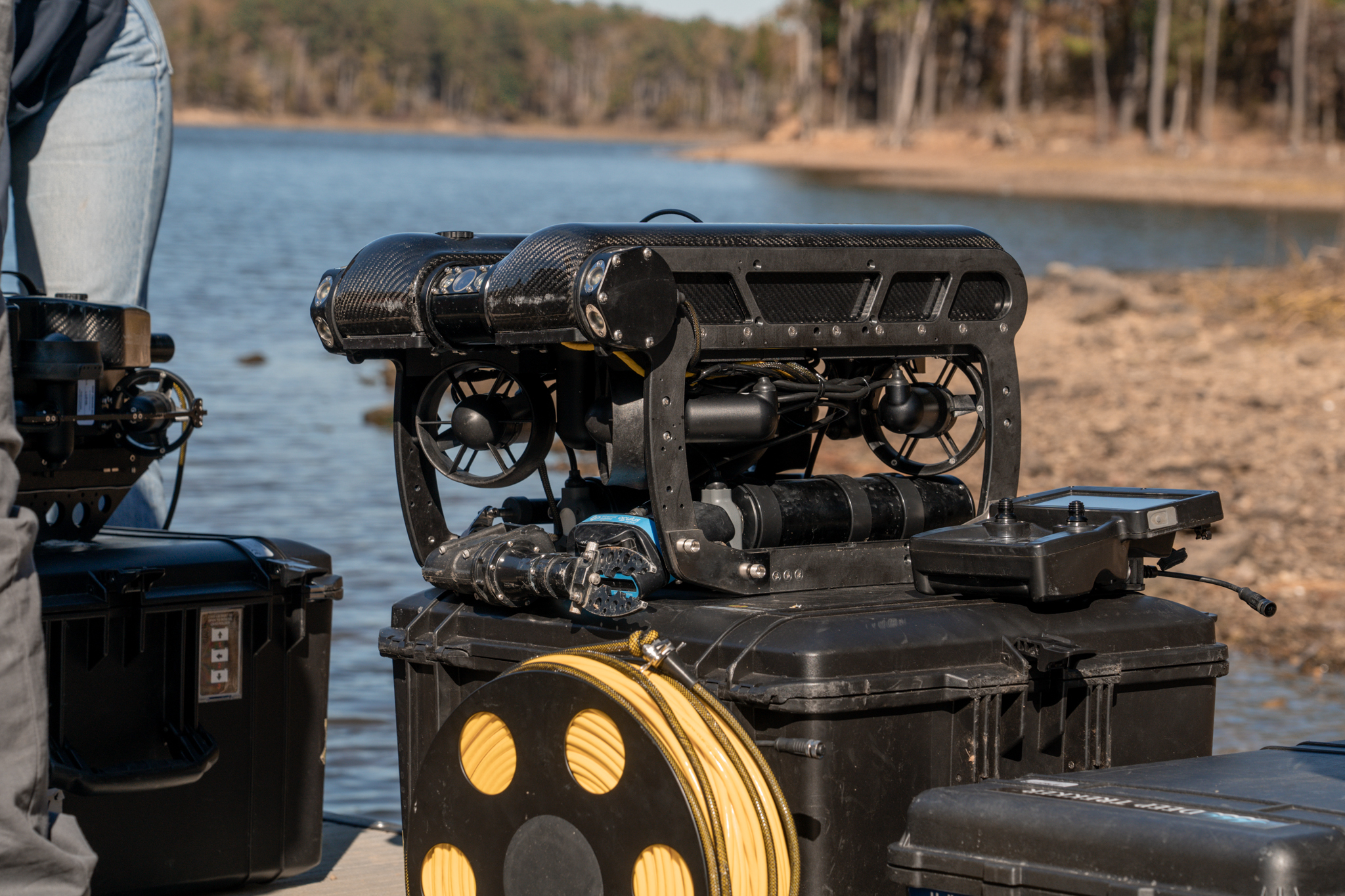
The PIVOT NAV package further enhances its functionality. Leveraging innovative Bridge software, which merges sensor data from USBL, DVL, and IMUs, the PIVOT NAV provides users with precise real-time location data and superior stability, setting a new standard for underwater navigation and surveys.
Additional add-ons offer further capabilities, such as water and sediment samplers, used for evaluating the environmental conditions and gathering crucial data for comprehensive analysis.
Our team consists of experienced industry professionals, ready to offer guidance and support on integrating submersible robots into your operations. Whether your project involves environmental monitoring, marine science, infrastructure inspections, water tank maintenance, salvage operations, underwater surveys, search and recovery missions, aquaculture initiatives, or many other specialized applications, we are well-equipped to help you seamlessly meet your unique needs and objectives through the use of our ROVs.
When you're ready to secure your very own Deep Trekker vehicle, feel free to contact us, and we'll be happy to provide you with a customized quote tailored precisely to your requirements. With Deep Trekker ROVs as part of your underwater operations, you can achieve unparalleled safety, efficiency, and success.
July 30th, 2021
Learn all about remotely operated vehicle pilots: how to become one,...
November 5th, 2024
Learn more about what sonar is and its many uses. Read...
December 23rd, 2021
ROVs and sonar can be used to inspect underwater structures such...